Another "Degtyar"
prehistory
Already after the end of the Civil War, it became obvious to the leadership of the Red Army that the Maxim machine gun that was in service had a number of shortcomings and was not quite suitable for the needs of the army - the Germans came to the same conclusions about their MG 08 a little earlier. As a result, a family of machine guns of a design by V.A. Degtyareva: the light machine gun of the 1927 model DP-27 ("Degtyarev Infantry") was followed by YES for arming aircraft ("Degtyarev Aviation") And DT-29 for installation in all types of armored vehicles (" Degtyarev Tank ").
The tank version of the DS-39 machine gun with a butt in a fighting position (above) and with established bipods (below)
The creation of a new easel machine gun, which met the requirements of the military, was greatly delayed. After long tests and improvements of various 22 samples of September 1939 of the year, the 7,62-mm machine gun of the 1939 model of the year, or DS-39, of the design of the same Degtyarev, was adopted by the Red Army. Launched the gross production of a new machine gun at the Tula Arms Plant.
The production of "Maximov" was curtailed, and the DS-39 went to the troops. During the actual operation of the machine gun received ambiguous evaluation. Despite the fact that it was relatively simple and easily assimilated by the Red Army, after a while, complaints about frequent failures and the work of automation began to come in massively. The most critical drawback was the spreading - when the bullet was sent from the tape, a bullet was pulled out of the sleeve.
Degtyarev originally designed a new machine gun for a metal tape with the supply of ammunition, similar to the large-bore DShK, but then had to be redone weapon under the cloth tape. This required major changes and adversely affected the characteristics of the machine gun.
It was the military who insisted on the use of the cloth tape, justifying their demands by unifying the ammunition with the “Maxim”. Alas, the cloth tape was very sensitive to moisture, which inevitably manifested itself in the field, and the design of automatic removal of the cartridge from it was quite complicated. All this caused disruptions in the operation of weapons, especially new models. The Red Army Air Force realized this before the army men, and in the aviation armament they used either store food or a more practical metal tape. However, the ground forces were in no hurry to switch to a more expensive ribbon in production, and until the middle of the Great Patriotic War the model of an infantry machine gun was not accepted for it. Modernization of the "Maximov" under the metal ribbon was massively carried out after the war.
In 1941, the production of DS-39 had to be stopped and urgently restarted the production of Maksimov. According to various sources, it is now generally accepted that just a little more than 10 000 pieces of DS-39 were manufactured. After the end of the production of the troops they were not removed and continued to use.
Tank version of the DS-39 machine gun in a configuration for fighting outside the tank, front view from the 3 / 4 perspective
From a report to the Chief of the Main Command Agencies Directorate (Chief Artillery Directorate of the Red Army), Colonel-General Artillery N. D. Yakovlev follows that on the 1 of May 1943 of the year in the army there were 1765 machine guns DS-39. Moreover, the use of better-quality cartridges from the ShKAS aviation machine gun with double crimping of a bullet in a liner cartridge has improved the reliability of the weapon, eliminating the loss of a bullet and breaking the cartridge in the receiver.
Tank version of the DS-39
For armament of tanks in the Armored Vehicle Directorate (ABTU, from 26 June 1940 of the year - Main Armored Directorate Directorate, GABTU) considered an alternative to DT-29 - for example, installing an aviation SHKAS in T-37А. One of the reasons for the search was an increase in portable ammunition, firepower and the duration of continuous fire. To achieve this, it was possible in various ways, including abandoning store supply in favor of the tape. Adoption of the DS-39 could not pass by the attention of the tankers, and immediately followed by attempts to adapt the new machine gun for armored vehicles. This is how the DS-39 tank version appeared, which is called differently in the GAU and ABTU documents, with a difference in the year: “7,62-mm tank gun of 1939 model of the year” or “7,62-mm tank gun of 1940 model of the year”.
Tank version of the machine gun DS-39, butt folded in the position of "hiking"
The tank version of the Tula Central Design Bureau No. XXUMX of the People's Commissariat of Arms (TsKB-14 NKV) developed the tank variant. The work began in the 14 year, ending a year later - whence came the discrepancies in the title. The tank machine gun was a little modified according to the shooting conditions of the DS-1939 tank:
a gas translator has been removed on the barrel, a gas chamber plug has been replaced instead;
on the back of the pad removed the handle and the trigger; instead, a shoulder strap appeared, and for descent - a control stick and a trigger;
for new parts, the trigger box has been changed;
for use outside the tank, the machine gun is equipped with removable bipods by analogy with DT-29, which were stored separately in the tank. The bipods were fastened with a collar in the grooves near the muzzle of the barrel; on the base of the bipods there was a front sight for shooting with an open infantry sight;
the muzzle and front sight of the trunk are replaced with a special tank flame arrester.
The machine gun was shot and adjusted to the rate of fire of 850-900 shots per minute.
The appearance of the machine gun in the turret of the tank T-38
Under the tank version, two installations were developed: one to replace the DT machine gun that was paired with the gun, and the second allowed the DS-39 to be installed in the turret of the light tank as the main armament. In addition, an anti-aircraft installation was designed, which was to be mounted on the roof of the tower. All installations were developed in TsKB-14 in collaboration with the plant number 174 them. Voroshilov.
The machine gun coupled with a gun
Work on the paired installation was conducted in parallel with the development of the tank version of the DS-39 and were completed by January 1940. The installation was designed for the T-26 tank, but because of the unification of the units it would not cause difficulties when installed in other types of tanks used by the Red Army.
Installation was mounted in the mask of the turret of the tank, along with a 45-mm gun. The fire from it was carried out with the help of an optical sight TOP or a diopter sight at a distance of up to 1000 meters. Cartridges were fed from a magazine with a ribbon on 250 cartridges. Targeting was carried out either together with the cannon - in this case, the TOP sight, the regular gun pointing mechanisms and the gunner’s foot descent were used - or separately. In this case, the control was carried out by the pistol grip, and the guidance was carried out through the sight.
Coupled with a gun installation development engineer Kurenkov
The new machine gun was installed instead of DT-29 with disk feed. There were no changes in the method of zeroing, the location of the bores of the machine gun and the cannon, the height of the aiming line and other parameters did not change. All angles of vertical and horizontal pickup remained the same - as with a DT machine gun. The installation consisted of:
detachable ball with machine gun mounting tray;
detachable holder;
clamping ring;
two limiters of sectors of rotation of the ball;
two machine gun mounting cones;
crackers rear mounting machine gun, which was bolted to the tray.
The store was an ordinary box for 250 tape for cartridges from Maxim's machine gun. The box was inserted into the bracket attached to the wall of the tower with bolts, and they didn’t weld the new cables and used those that were left from the laying of DT disks and one shell installation.
Combat variants and feed in the turret of the T-26 tank
To the machine gun in the tank relied laying - a number of boxes and fasteners, in which were located boxes with ribbons, spare parts for machine guns and bipods. The piling was designed for the T-26 tank. Bipods kept in a spring laying on the right wall of the tower. On the right side of the hull, behind the driver, was stacked on six boxes with ribbons, there was also a spare parts kit for the machine gun. In the front and rear left corners of the fighting compartment were placed laying on two boxes with tapes each. On the floor of the fighting compartment, in the front and the right part, two more boxes for the boxes with ribbons were installed. The one to the left was divided into two compartments, each of which had its own lid with constipation and contained four boxes with ribbons. Right, closer to the driver, consisted of two parts - the top and bottom. The tool and the various tank spare parts were stored in the bottom, and six boxes for the tapes in the top. These boxes were fastened to the same places with the same screws as the old laying of DT disks. The total number of cartridges in the tank reached 6250, despite the fact that the old styling at the same places and dimensions contained 47 discs on 3008 cartridges.
Installation as a tower and course machine gun
In addition to the machine gun installation version coupled with a gun, in Soviet tanks it could be installed in a separate turret, and later as a course one. For such an arrangement for DT-29 there was a special ball mount - accordingly, the need for a similar one arose for the new tank machine gun. The installation was ready by July 1940.
In the new tank unit combined optical sight and ball swivel mask. At failure of an optical sight, a DT type sight could be used. Tests of the ball mount were carried out in the T-38 tank turret, the following indicators were recorded: vertical shelling angles from −15 ° to + 20 °, horizontal shelling with a fixed tower could be carried out either left or right on 15 °. With the same occupied volumes, the ammunition was 3250 cartridges - on 1738 more than in the disks DT.
Tower machine-gun installation engineer Polyubina with the "apple" hinge assembly
When installing a new installation did not require any changes, the new ball and styling rose to their former places. The only change was the different position of the store in relation to the position of the ball mount, which depended on the type of combat vehicle. The installation was as follows:
ball head;
ball head holder;
sleeve catcher;
headrest sight;
two sets of ammunition;
score;
diopter sight;
laying sights and spare barrel machine guns;
tape support;
laying bipods;
laying machine gun spare parts;
armor machine-gun window.
The ball head, or "apple", united a machine gun and a sight for joint movement when aiming at a target, for this purpose the head was mounted in a holder-cage attached to the armor plates of the tank. On the inner side of the ball there was a bracket on which a machine gun was mounted, a sight, fastenings of a tape-receiver and a guide sleeve holder. At the furthest end of the bracket, there was a support collar for maintaining and a device for mechanical alignment of the sight, the head rest was attached to the collar.
Placement of machine-gun in the turret of the light tank T-38
On the outer side of the ball was an armored jacket, which protected the vulnerable points of the machine gun, there was also an armored shutter of the aiming hole, the opening and closing of the valve was carried out from the inside by a lever.
Ammunition was placed in two types of packs: one was placed on the bottom of the tank, and the second on the walls of the fighting compartment. The first was a frame on 10 boxes on 250 cartridges, like the machine gun Maxim; the frame was divided by partitions, and the top was covered with a canvas cover. The second type of ammunition is the shelves where cartridges were placed and fastened with metal ribbons with a clasp.
Laying of spare barrels and replaceable sights in the fighting compartment of the T-38 tank
The spare part of the machine gun and optical sight was stored in a wooden box placed in a special slot on the wall of the tank. In the same place in two bags the tool and accessories of a machine gun were stored. The laying of spare barrels and sights was located near the shooter (in the T-38 - below to the right of it). It was a frame with four pairs of nests: the lower two pairs were intended for spare trunks, followed by them for a diopter sight, and the last upper one was for an optical one.
In general, the shooting of the ball installation of a new tank machine gun did not differ from the shooting of the DT. The rules of shooting were identical to the rules of shooting from the DS-39, only it was necessary to follow and send the diverting tape with the left hand downwards.
Anti-aircraft installation
It was equally important to consider using the new machine gun as an anti-aircraft gun. Old DT could be installed on the turret P-40, so the designers of the TsKB-14 provided a new hatch anti-aircraft gun. Ready for June, the 1940 of the year, it was to be mounted on the roof of the T-26 turret, could fire both at the zenith, with the aid of a circular sight, and at ground targets with the help of a front sight and a sighting bar.
Detailing anti-aircraft installation of the machine gun and set in position for firing at air targets
Power was provided out of the box on 250 cartridges, similar to that used with Maxim's machine gun. Fire control was carried out manually. To install the tower, it was necessary to cut through a new manhole of a manhole with a diameter of 630 mm, drill six mounting holes with a diameter of 10,5 mm and lower the right traverse of the right turret shell to 7-8 mm.
Anti-aircraft gun in position for firing at ground targets
The difference from the P-40 was that the machine gun was mounted not on the bracket outside the tank, but on the inside of the hatch, which in the open form served as a bracket and at the same time an arm-guard. The installation consisted of the following parts:
circle mounted on the roof of the tower;
manhole cover;
head;
sector mechanism.
Conclusion
From all the information available today, we can conclude that the further development of the DS-39 machine gun was the introduction of a metal tape, the alteration of the infantry box modeled on a tank machine gun with a pistol grip and butt, and equipment with bipods. All this would lead to the appearance in the Red Army of a universal machine gun, similar to the MG 34 in the Wehrmacht. Alas, the assumptions remain only assumptions.
Finnish version of the ball mount with a machine gun DS-39
In reality, most of the DS-39 was lost in the first two years of the war, some were captured by the Germans and Finns. The latter tried to use the DS-39 for installation in the bunkers and created their own ball mounts for them. It is worth noting that in the USSR the installation of the DS-39 tank variant was considered as a weapon for long-term firing points of the DOT-4 type.
The tank version of the DS-39 machine gun has not been launched into mass production, although it has already been assigned the GAU 56-П-423Т index. Also, there are no reliable confirmations of the installation of the developed installations on tanks of other types, except those indicated in the article, despite a number of turbid photos of a battered BT with a machine gun different from DT-29.
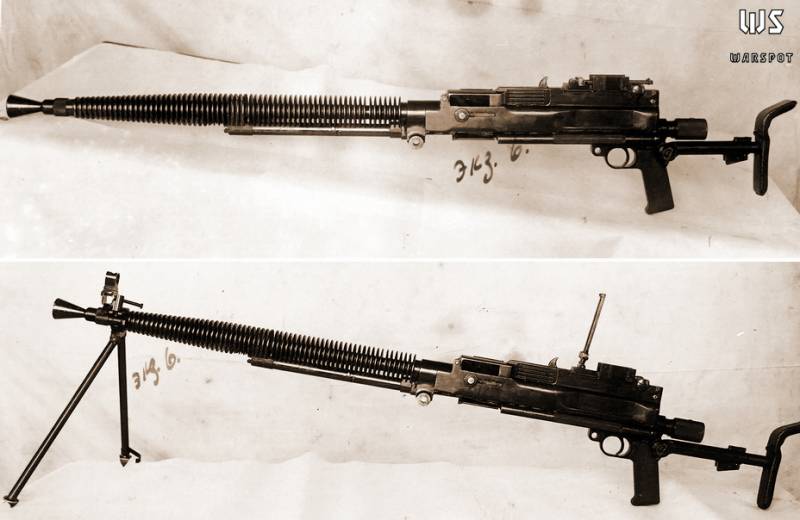
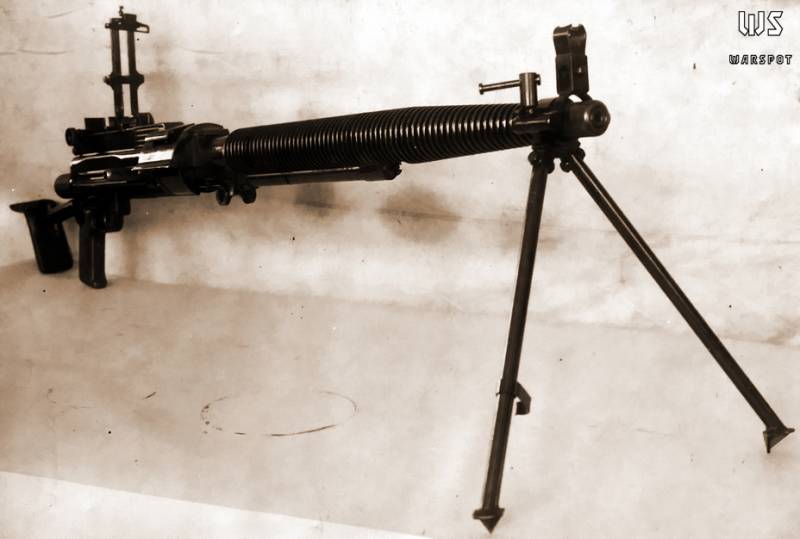
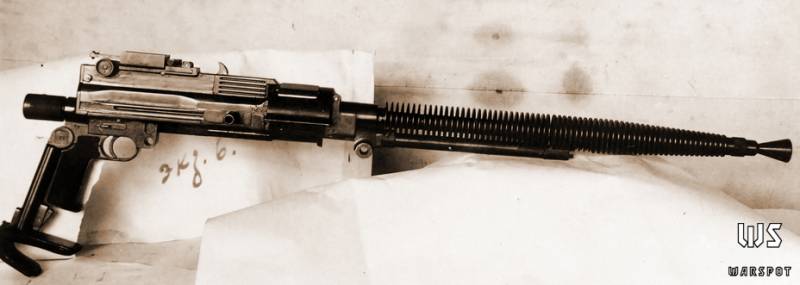
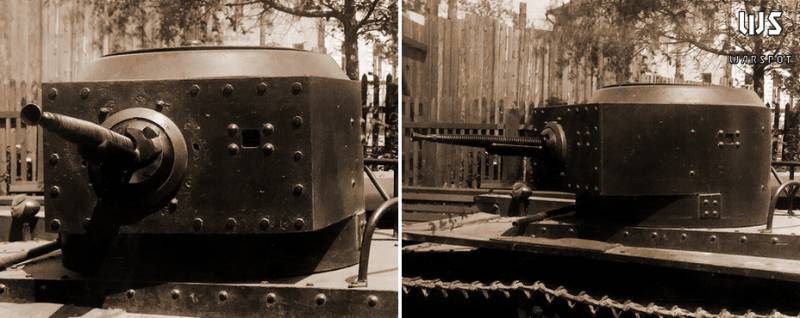
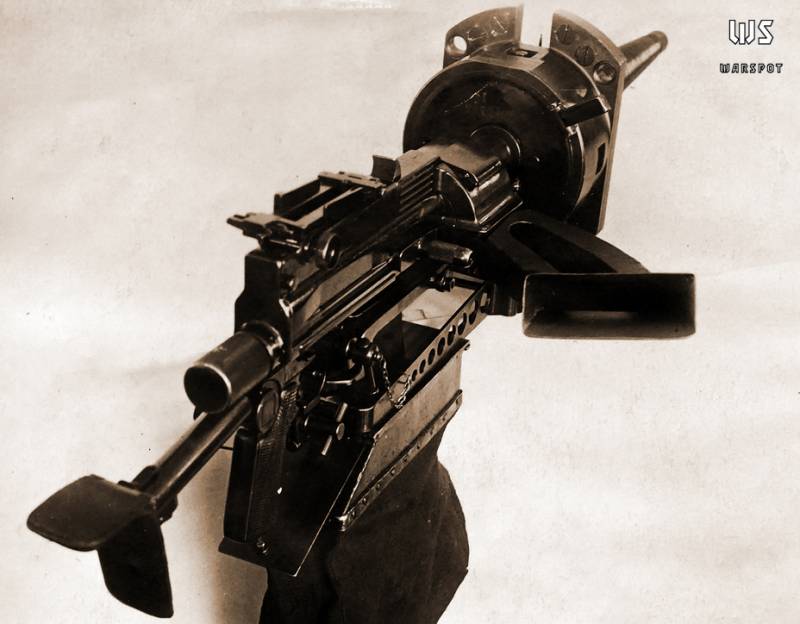
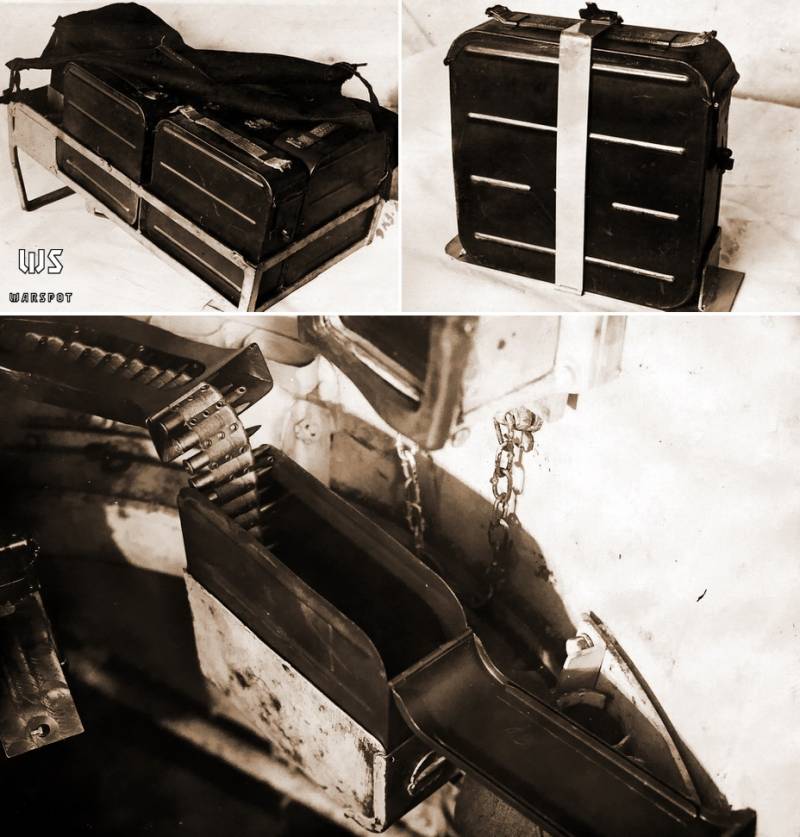
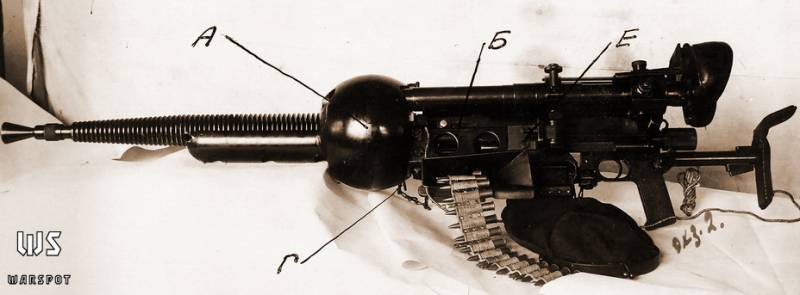
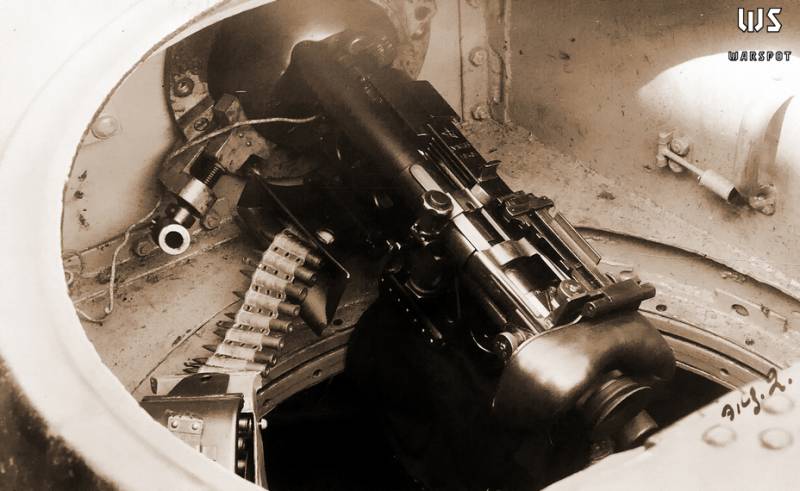
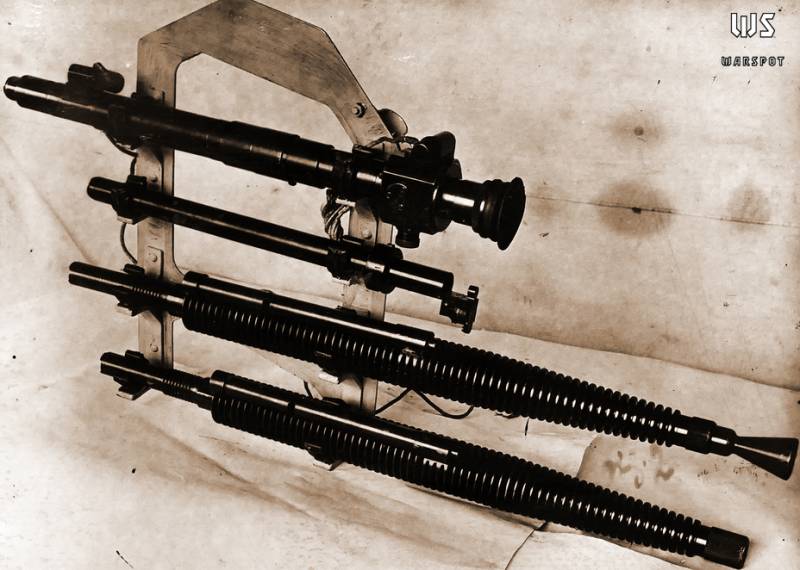
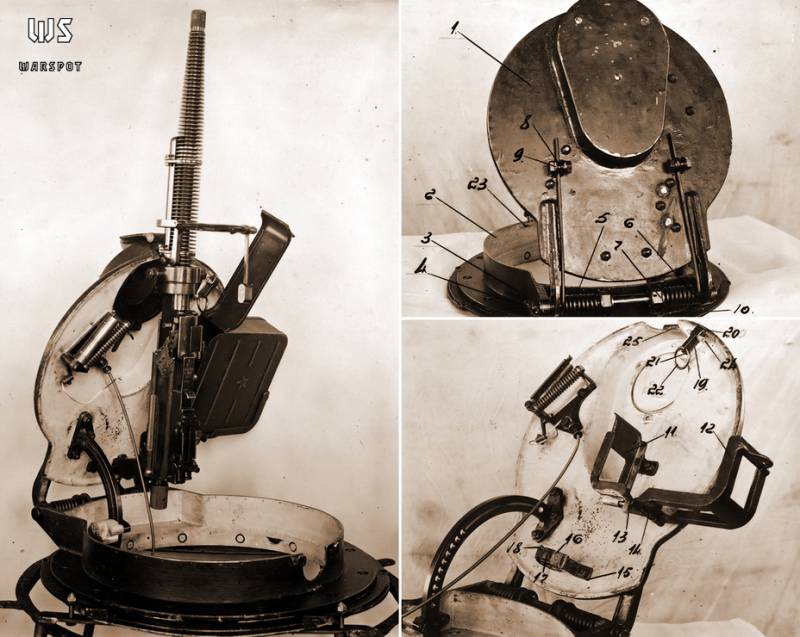
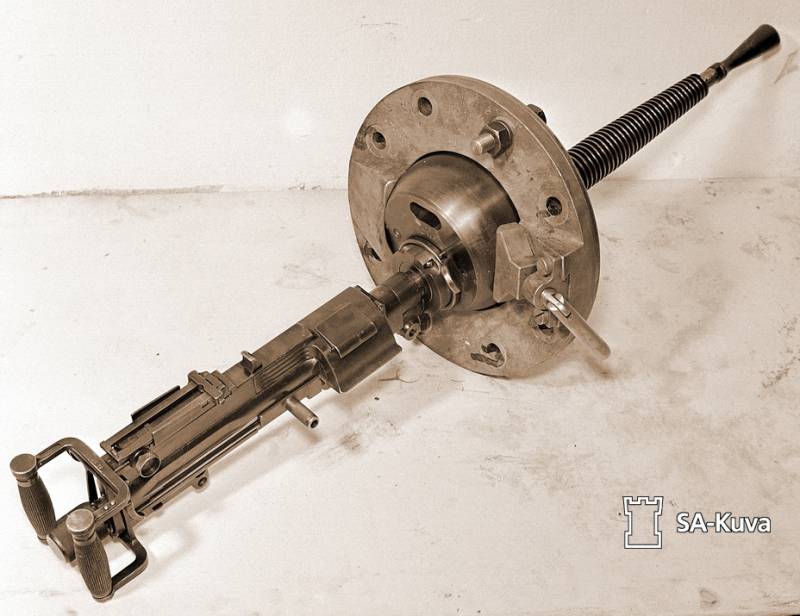
Information